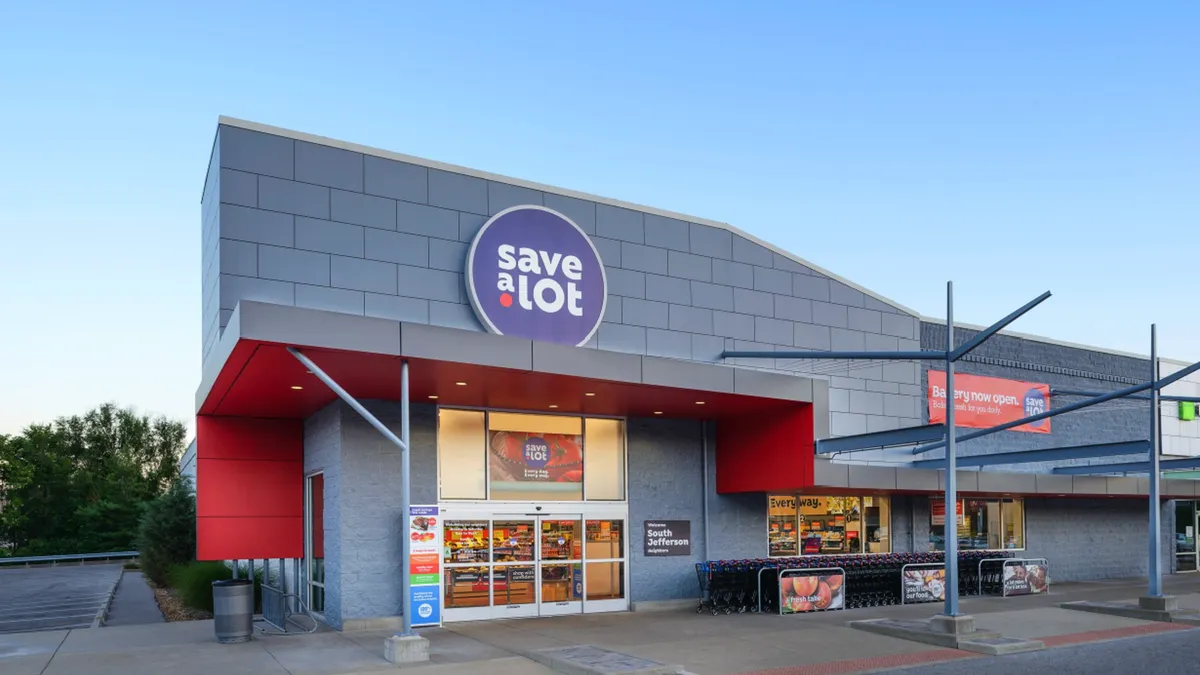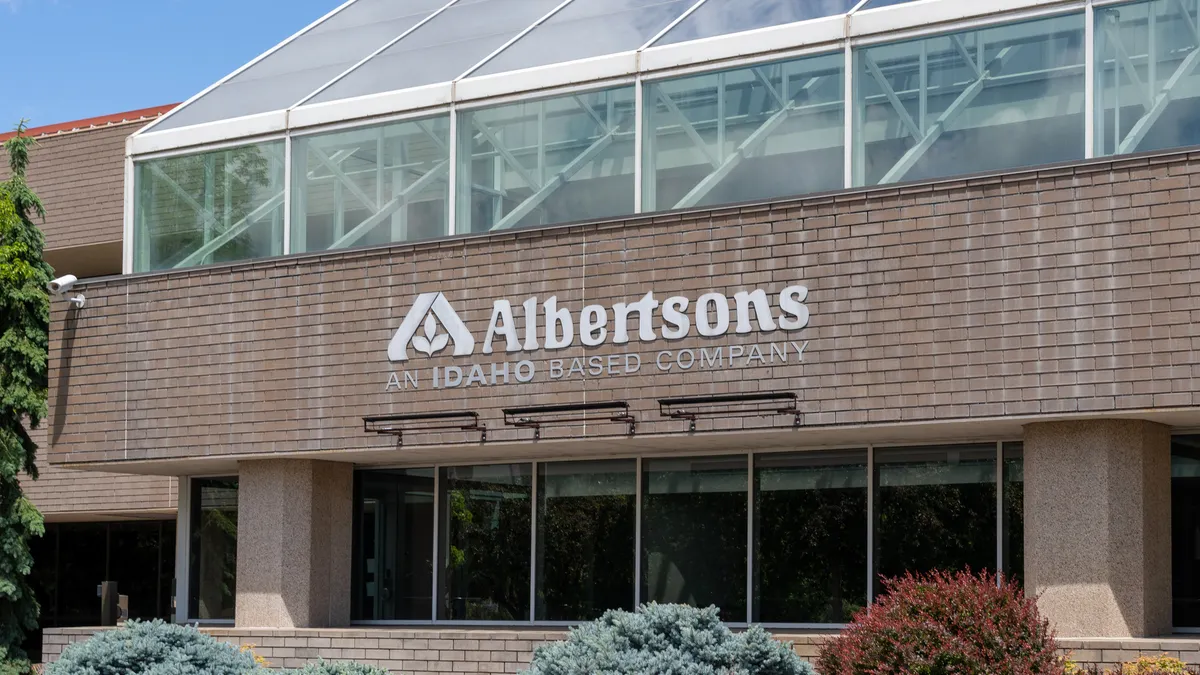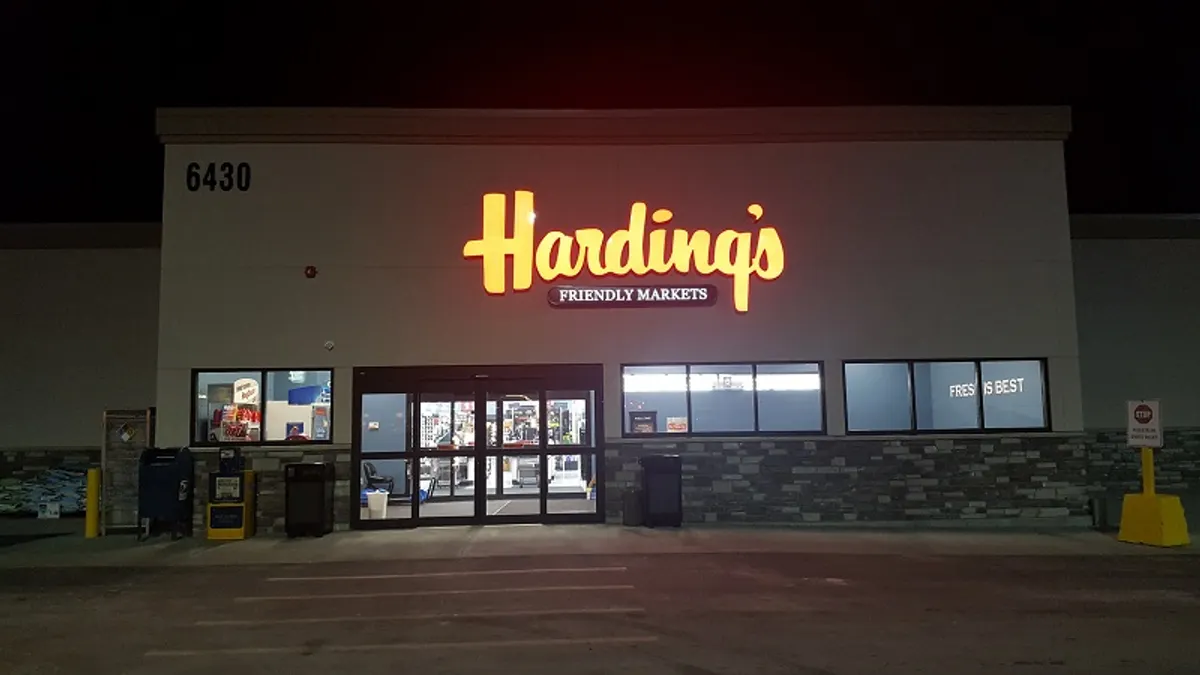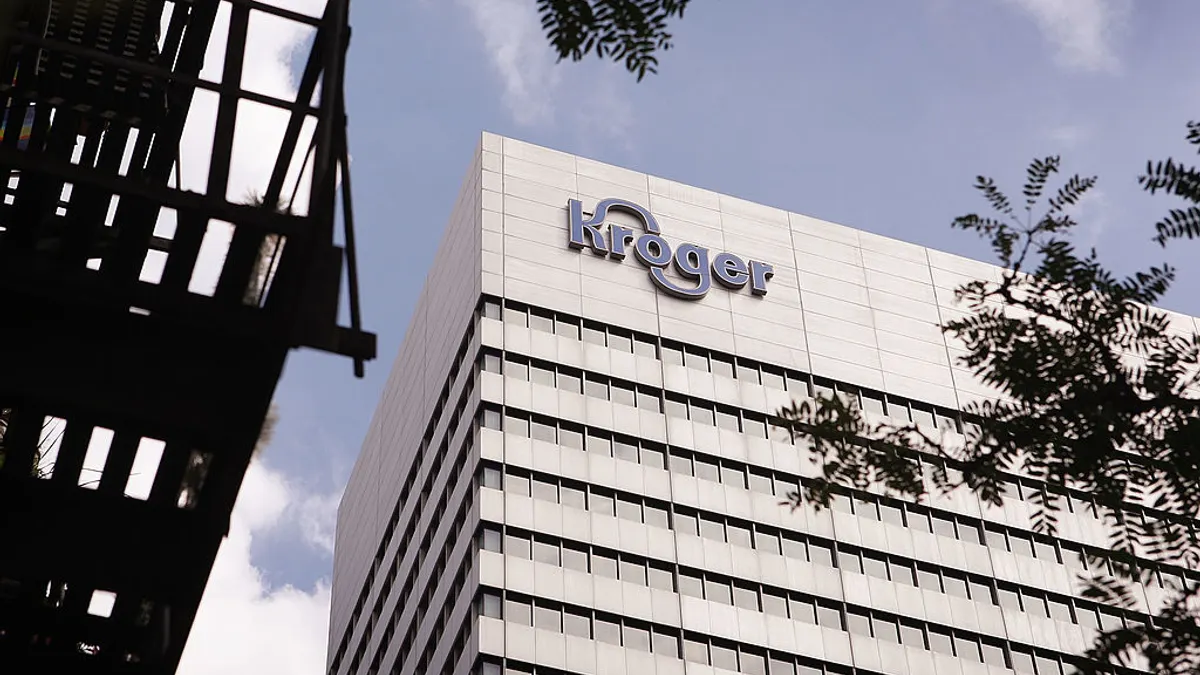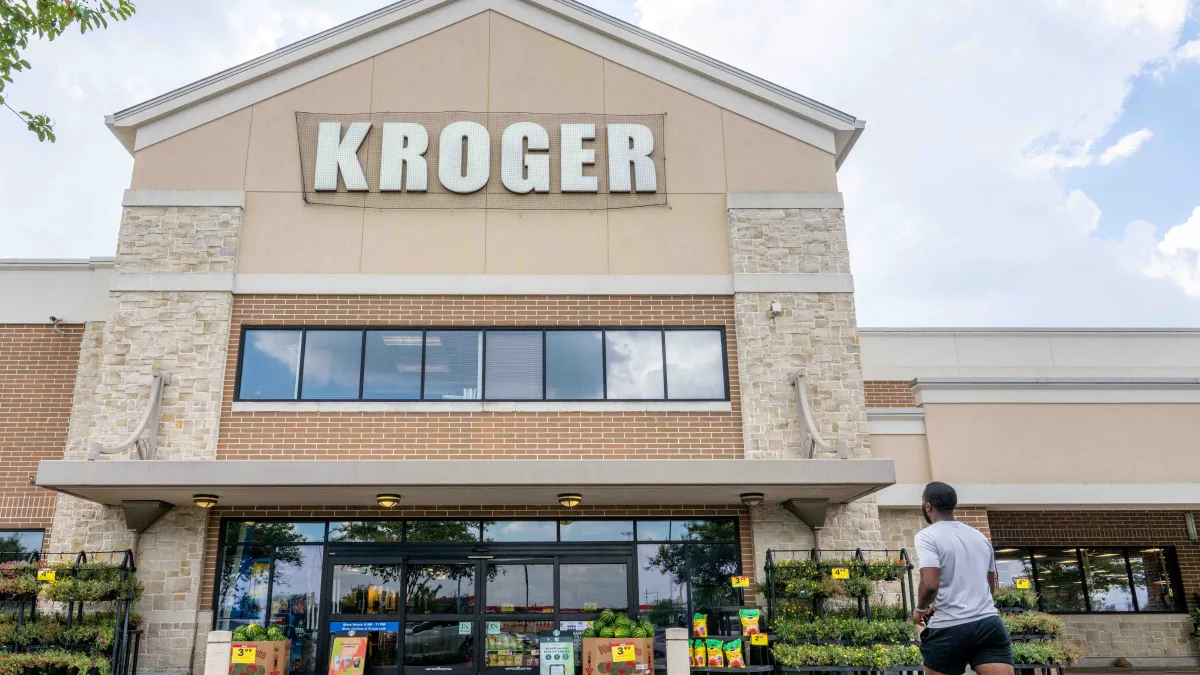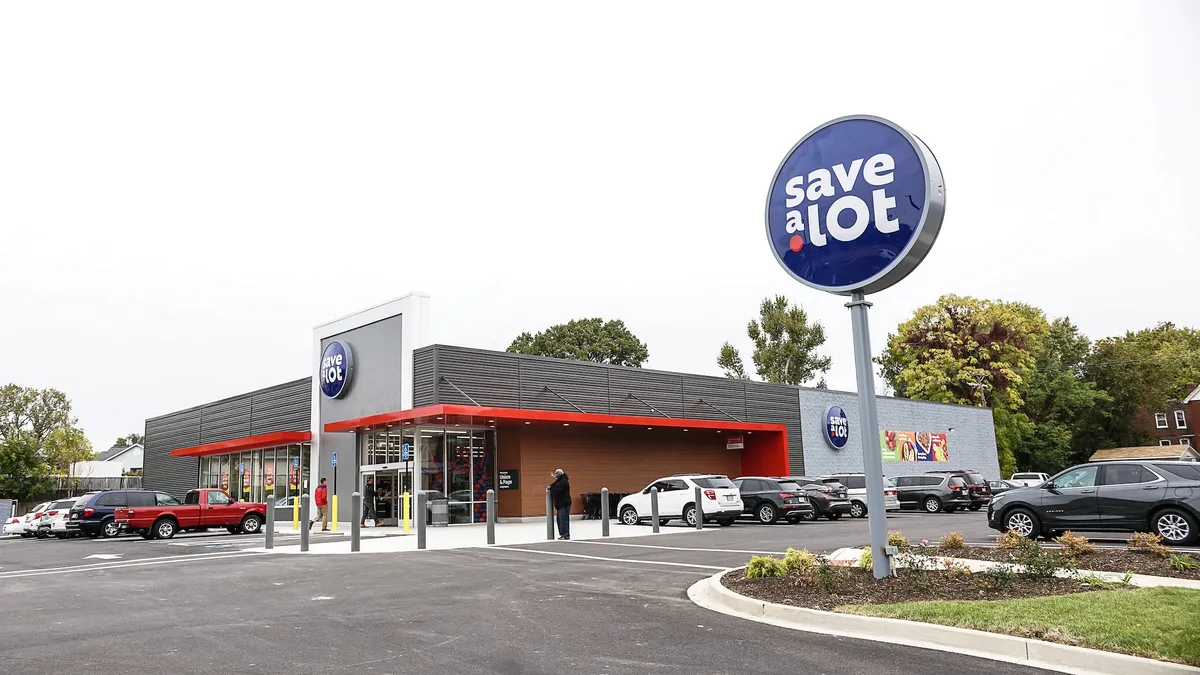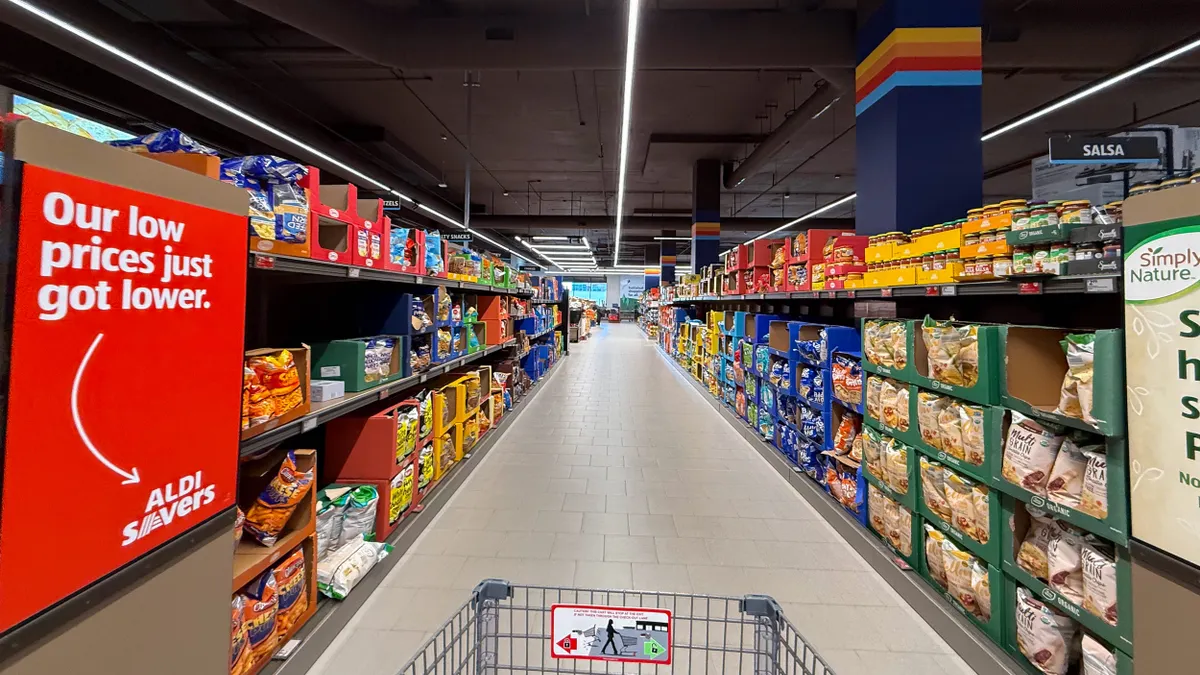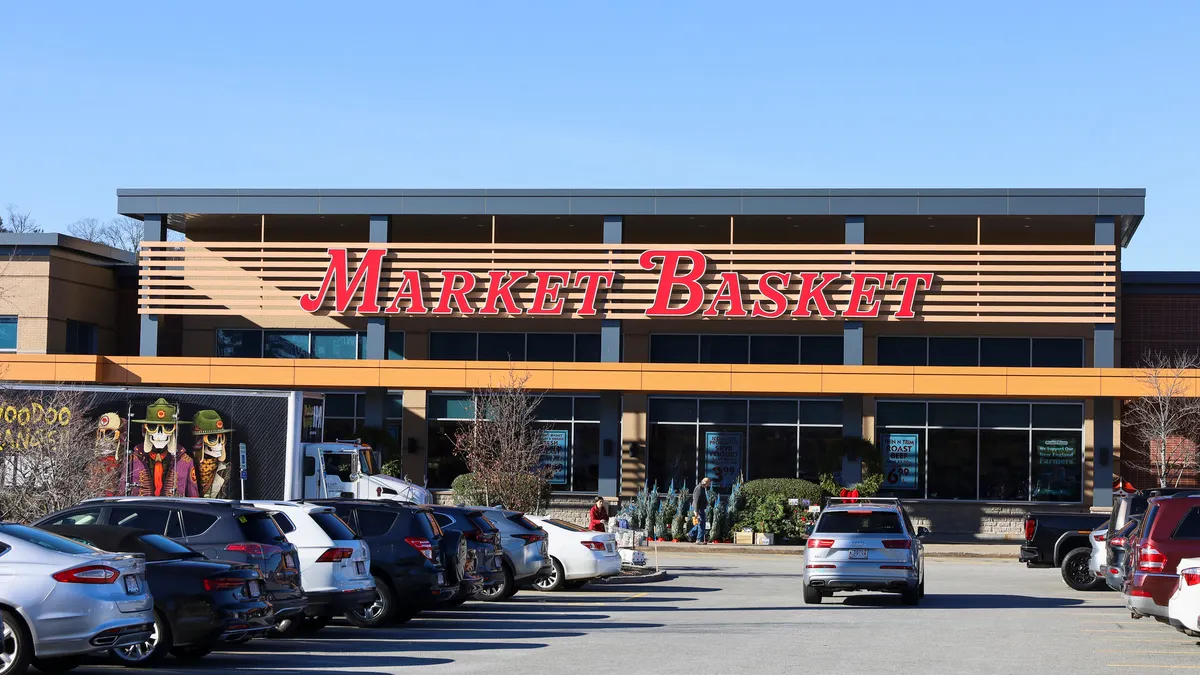At a time when other grocery chains are angling to acquire as many stores as they can, Save A Lot has been moving squarely in the other direction.
After working for several years to transfer ownership of its more than 800 stores in 32 states to independent owners, the St. Louis-based discounter sold its final 18 corporate-owned locations to Leevers Supermarkets earlier this month, completing its transition to a fully wholesale business model.
Save A Lot had been planning to retain those stores as a testing ground, but when its CEO, Leon Bergmann, took over the reins in 2022, the company adjusted its course, opting instead to entirely exit grocery retailing to focus on supporting local owners.
“There was an initial line of thinking that it would be great to keep a set of test stores to run pilot programs, but my point of view differed on that,” Bergmann said. “Our retail partners are happy to take part in pilots because they want to improve, but they're also going to do it in a way that challenges us more, and we're all going to learn more together.”
Bergmann has doubled down on that mindset since arriving at the company last year, putting a heavy focus on helping retailers that operate stores that carry its name offer low prices and moving away from an earlier effort by the company to build its brand through a flashy advertising campaign.
“We are working to build brand awareness, but we’re just doing it from more of an offer-and-price perspective, because we feel like that’s going to drive a much more specific path to purchase than just total brand awareness will given where the economy is today,” said Bergmann, a grocery distribution veteran whose father worked in the frozen food section of an independently owned grocery store for 28 years.
Bergmann discussed Save A Lot’s strategy and his thoughts about the grocery industry at large in a recent interview with Grocery Dive.
This interview has been edited for length and clarity.
Grocery Dive: What do you have in mind when you think about innovation in the grocery space?
BERGMANN: There’s a broad variety of tests that you need to almost continuously run. It could be new technology. It could be customer engagement. It could be store layouts and category adjacencies and flows. There’s all types of things like that that you want to constantly improve upon, and there’s no reason that I can’t do that with my independent retail partners.
Why did you decide to join Save A Lot?
There's really two things. One, I've spent the vast majority of my career working with independent retailers, and I believe in independent retailers. I respect them and I enjoy working with them. The second piece, which is complementary to that, is we have an extremely powerful retail format here that's on trend with everything going on in the industry. So when I combined those two factors, it was an easy decision for me.
What’s your reaction to the plan Aldi announced this month to buy Winn-Dixie and Harveys Supermarket from Southeastern Grocers?
I think some of the consolidation presents growth opportunities for independents. Because for all the benefits of scale that these larger players have, they also struggle to serve each individual trade area. And that's where independent retailers succeed.
I can’t tell you how many times I’ve seen one of the corporate chains let a lease expire and an independent goes into that same location and improves the business. It’s not necessarily because they have every advantage. It's because they’re there. They live in that market. They understand those customers better, and ultimately, they’re better at serving that specific area.
How do you think the proposed Kroger-Albertsons merger would impact independent grocers if it is cleared by federal regulators?
My biggest concern — and it’s not solely due to the merger plan — is just fair competition with the suppliers. I personally have no clue how the Federal Trade Commission is going to act regarding this. But from a licensed wholesale slash independent retail perspective, as long as we have a level playing field, I’d bet on our independent retailers any day of the week.
How much freedom do you think individual store owners should have in deciding what items to sell given that Save A Lot is a national banner?
We have a great core program, but there’s always going to be some items that our retailers don’t buy from us, and typically those items are either the hyperlocal items that have brand equity in those trade areas, or they’re ethnic items that fit those trade areas. And our independent retailers are just fantastic at tailoring that assortment to best serve their customers. They do it on a store-by-store basis, not a market-by-market basis. It can be a 5% difference by store, but that 5% makes all the difference.
To what extent has Save A Lot been able to take ideas generated by local owners and deploy them on a broad scale?
Our field sales team — working with our independent retailers — sees something, they bring it back to corporate and we have different communication vehicles weekly that go out, and we share success stories. We also have a Save A Lot retail advisory council, and their job is to work with us on both strategic and tactical issues and to ensure that we're working together in the same direction to improve both at wholesale and at retail. You know, we're co-dependent upon each other.
Like other grocers, Save A Lot has been focusing heavily on private label products. What’s your sense about how shoppers’ feelings about store brands have changed in recent years?
I believe that as private label has evolved, it's gone from a pricing equation to a value equation. The quality has improved so much over the years. I can remember in the early 80s when I first saw private label and that was what you bought when you couldn't afford anything else. People now choose to buy private label. They don’t buy it because they have to. They buy it now because they feel great about the value that it provides.
That's why you've seen retailers go to three-tier private labels. They’ll have an opening price point, a national brand equivalent and a premium line. It's almost analogous to a timeline of the development of private label.



